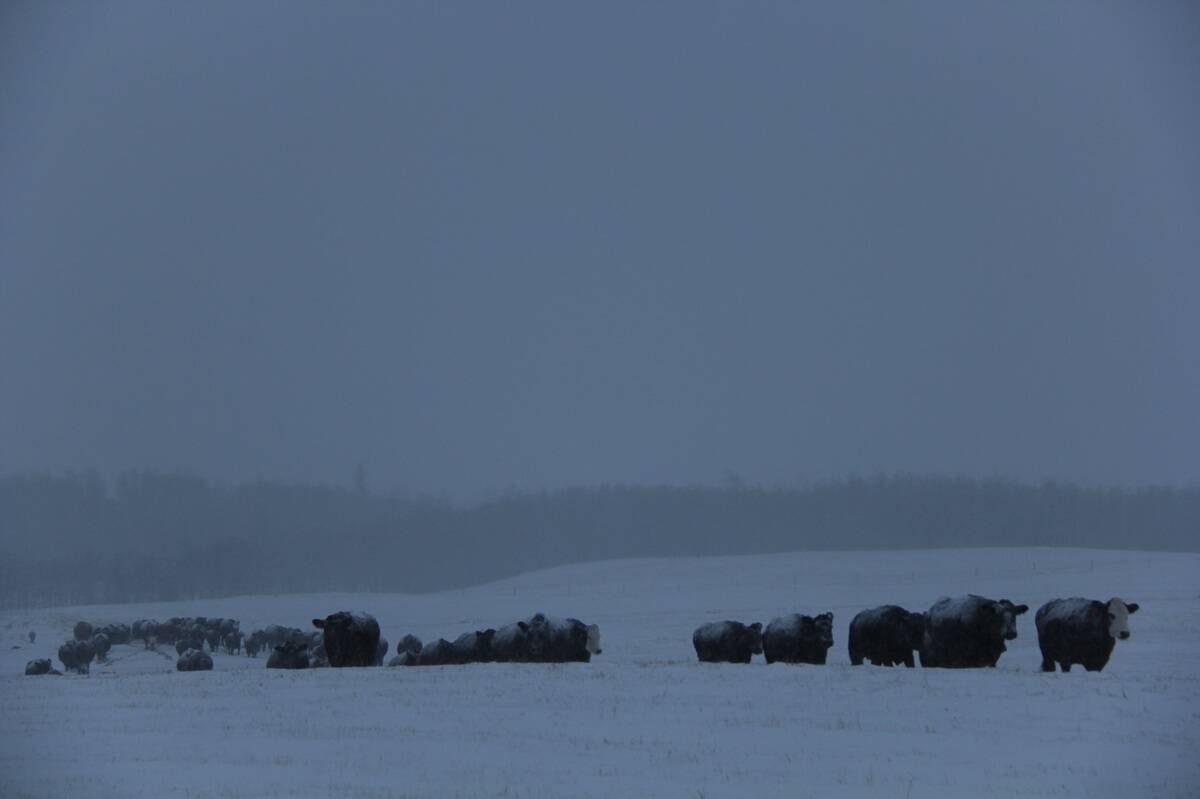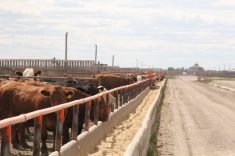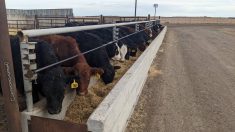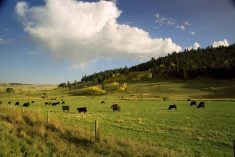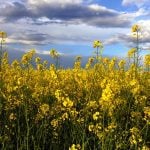Winter cereals are well known in the crop sector, but they can also provide opportunities for cattle feed.
Winter cereals can be used in many ways — grazing, silage and green feed. They are a good option for extending your grazing season or for having alternative feed sources for your cattle.
“It’s certainly very flexible, and you look at whatever your options are and what your needs are,” says Bart Lardner, a researcher and professor at the University of Saskatchewan.
Read Also

Scholarship winners, board elections and more beef industry news
Scholarship winners, board elections, Canadian Cattle Young Leader bios, and provincial Environmental Stewardship Award winners
Lardner says winter cereals can be a great option for an annual crop.
As a grazing resource, they can help stretch your grazing season and make your perennials go further.
“They’ll fit in what we call summer slump, that August to September time period when your perennial pastures, be it native or tame, are maybe not as productive, and maybe the quality is a little low.”
There are definite benefits to using winter cereals on your operation. For example, fall rye is aggressive against weed competition and can act as a biennial depending on when you seed it. Second growth of fall rye means you can graze it well into the spring.
Other winter cereals, such as winter wheat, provide dense nesting coverage.
There are challenges, as well. An issue that keeps some producers from using winter cereals is that some cattle don’t find them palatable. For example, winter triticale has bigger seed heads.
“There’s some intake conversations, especially in a silage situation, in a backgrounding or feedlot situation, but I think that certainly can be negated with whatever variety you’re going to establish.”
Lardner says some of the new hybrid varieties of fall and winter cereals excite him, such as one fall rye that claims to have a 20 to 40 per cent greater biomass than some of the conventional varieties. He says he wants to research these varieties.
“That really gets my attention.”
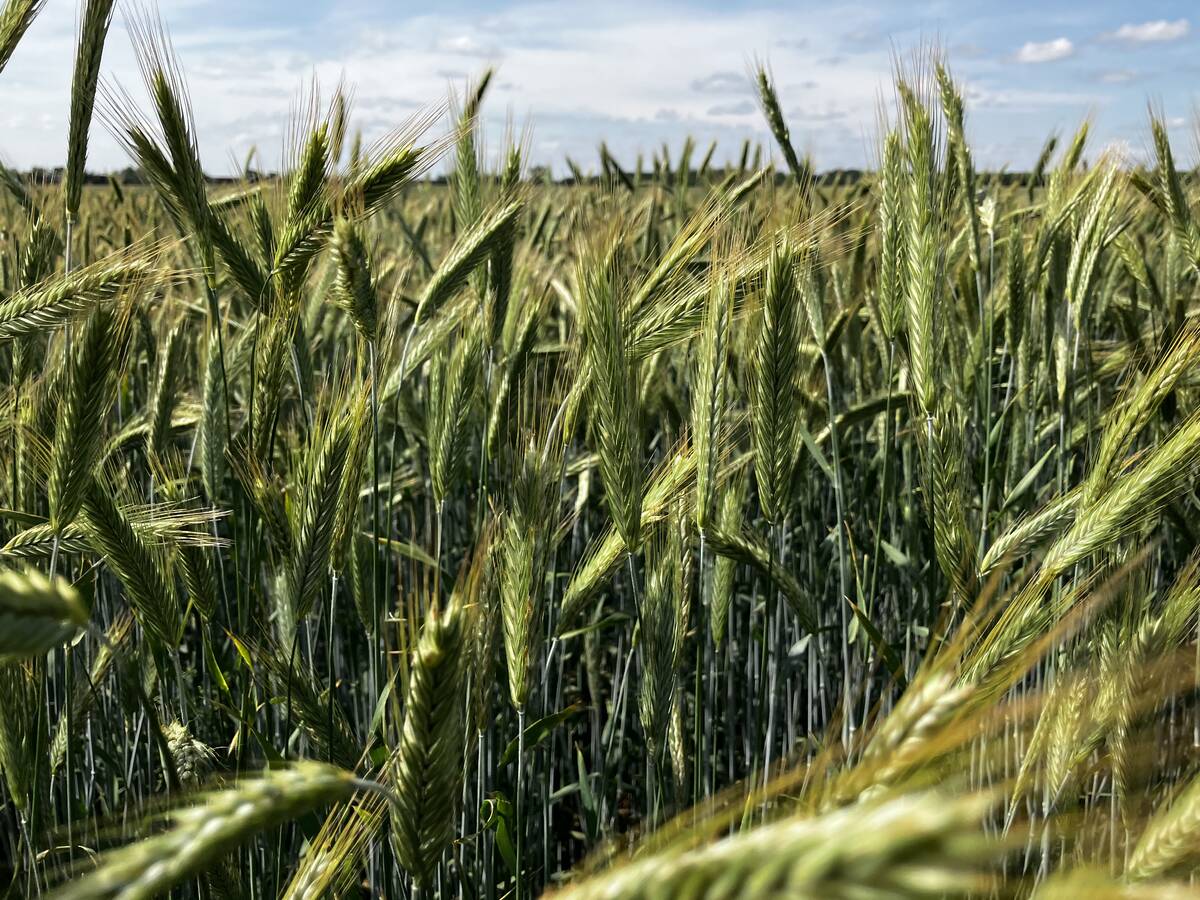
Winter cereals provide flexibility
Brad Mappin and his wife, Terri, operate a cow-calf and yearling operation near Byemoor, Alta.
He has been using winter cereals on his operation for decades, and he stands by them.
“I’m sold on all (winter) crops,” he says.
Over the years, they have used winter cereals for grazing and silage. Mappin likes the flexibility winter and fall cereals provide him.
For example, they seeded winter wheat in August so it would have 45 to 60 days to grow, and then they can use it as grazing later in the fall.
He’ll plant winter triticale and fall rye in September.
“A lot of people in the area are just trying to silage the spring crops, and they’re having a heck of a time because of the change in the weather,” Mappin says. “We were lucky enough to get ours up a couple of weeks ago and kind of beat the moisture that we’re getting right now.”
Being able to harvest earlier is one of the main reasons Mappin likes winter cereals, but there are other benefits, too.
One of these is making use of the moisture they have right from the start of the year. Currently, their area is fairly wet, and winter cereals are a good option for producers in regions that aren’t experiencing drought because they do require a fair amount of moisture.
However, it works in drier seasons, too. If producers have a wet spring, they can make use of the rain right from the get-go, even if the rest of the summer is dry.
“We’re able to utilize moisture right from fall all the way through to when we basically harvest or graze the winter cereals versus spring-sown crops that basically share a lot shorter window for having moisture available. So I like the fact that we have a bigger window for moisture,” Mappin says.
As Lardner discussed, sometimes cattle do not find winter cereals palatable. Mappin has not had a problem with this, but that could be because he is using a vertical mixer, so he is combining the winter cereals with other food sources and a mineral package.
Research into seeding early
Another way to use winter cereals on your operation is by planting them early so that they can be an alternative feed source in years of drought.
Research done by the Lakeland Agricultural Regional Association evaluated the benefit of planting winter cereals as early in the spring as possible so they can be grazed in the fall.
With fall-seeded winter cereals, they can provide grazing in early spring. However, the issue is that they go into a reproductive stage relatively soon, so quality and production decline after July. On the other hand, early spring-seeded winter cereals stay in the vegetative stage throughout the summer and fall, improving biomass, maintaining nutritional quality and creating more chances for grazing.
According to the research association, grazing opportunities can start in June and continue into September.
The improvement of forage quality and an additional harvest opportunity were the main benefits of the early-seeding approach.
The research project took place at the association’s Fort Kent, Alta., research site. The earliest seeding date was April 29, 2022, and the second seeding date was May 27, 2022. They did six treatments, which included two varieties of winter triticale, Metzger and Luoma, and two each of winter wheat, Pintail and Wildfire. They also seeded two fall rye varieties, Prima and Hazlet.
Both treatments were harvested between seven and nine weeks after planting. Early seeded regrowth was harvested in three weeks. The third harvest happened after another seven weeks. The later-seeded regrowth was harvested seven weeks after the first harvest. The early seeded treatment yielded more than the later-seeded treatment.
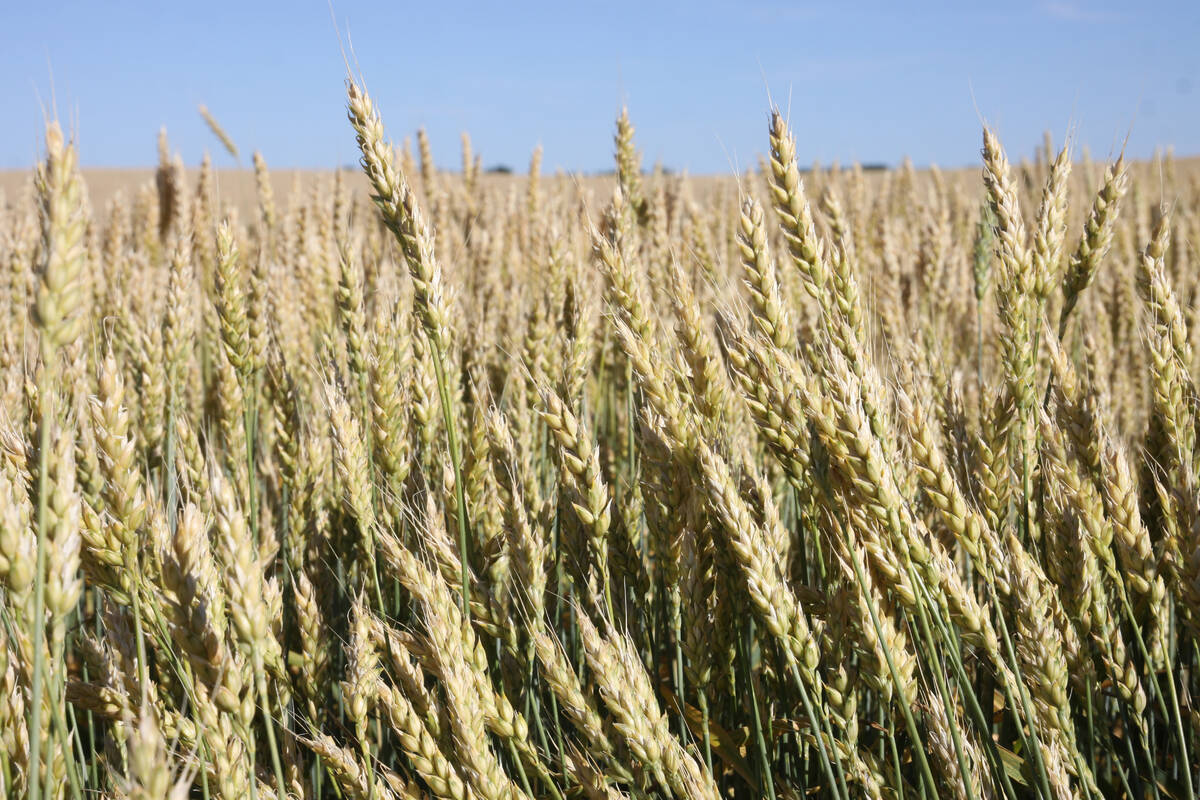
Producers have many options for using winter cereals, and can potentially see many benefits. However, it’s important not to jump into it without careful consideration.
“If you’re going to go down this road, start small,” Lardner says. “So, don’t put in a whole half section or quarter section, maybe just put in a few acres, 20 acres, to see how that works for you, wherever you live, because they do need some rain.”
Lardner adds they can work well in a drought situation.
He sees many opportunities with winter cereals currently, and with future varieties in research. He says they’re a good option compared to spring cereals such as oat or barley. Producers can compare them side-by-side to conventional forage oats or barley, and see how they perform in terms of yield and quality.
For Mappin, winter cereals are a staple on his operation and always will be.
“It makes a big difference and gives you more flexibility in harvest.”


